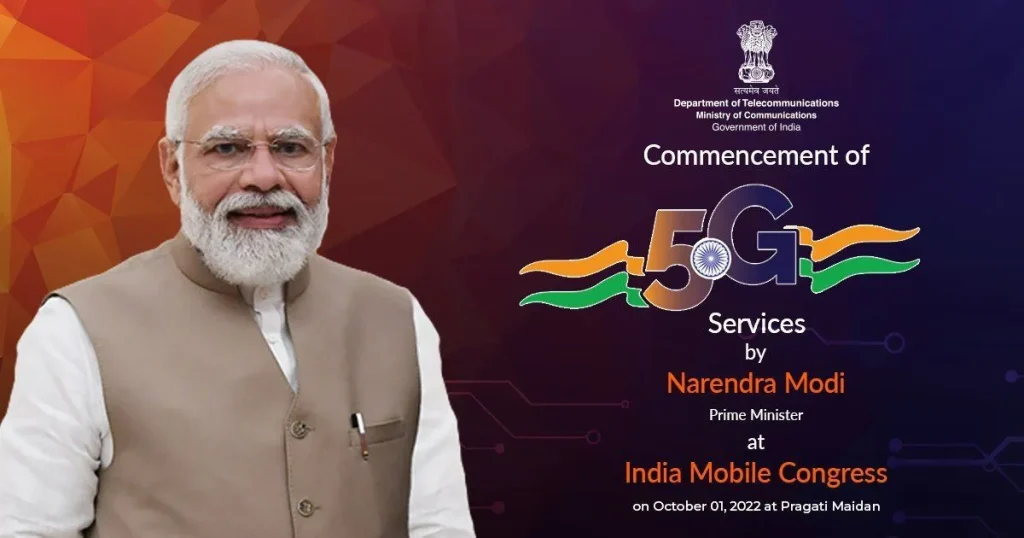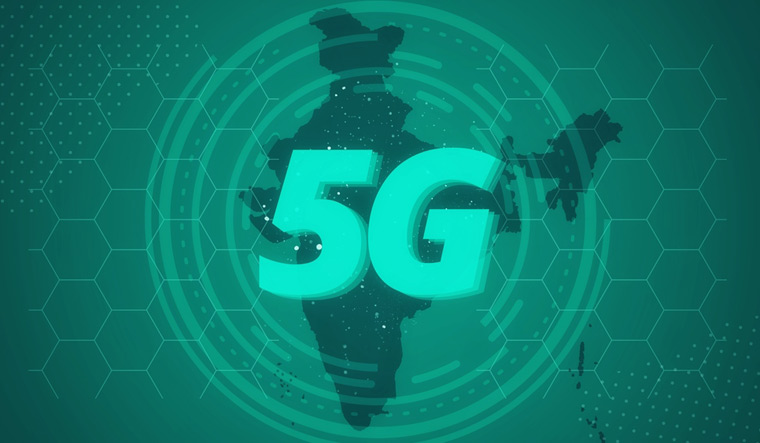India will start offering 5G mobile services on Saturday, nearly five years after the nation initially initiated efforts to introduce the upcoming generation of mobile telecommunications. On October 1, while opening the sixth India Mobile Congress in New Delhi, Prime Minister Narendra Modi would roll out 5G in some select cities.

Telecom companies have disclosed how they intend to roll out 5G services on their network, despite the fact that the government has not yet identified the cities where the PM would first provide 5G services. Reliance Jio, who placed the highest bid of more than Rs 88,000 crore in this year’s 5G spectrum auctions, announced in August that it would roll out high-speed mobile internet services on its 5G network by this Diwali in major cities like Delhi, Mumbai, Chennai, and Kolkata.
By the end of 2023, all urban areas of the nation will have access to 5G on Bharti Airtel’s network, according to the second-highest bidder in the auction. The company added that by March 2024, 5G would be accessible in major rural and urban locations.
“5G can unlock new economic prospects and societal advantages, giving it the potential to be a revolutionary force for Indian society,” the Ministry of Communications stated in a statement.
By 2035, India’s total economic benefit from 5G is anticipated to be $450 billion. Because 5G promises a faster Internet speed and lower latency than 4G, consumers may benefit from it. Internet speeds on 5G could reach 10 Gbps at its maximum, compared to the 100 Mbps high on 4G. Similar to this, 4G latency ranges from 10 to 100 ms (milliseconds), however 5G latency is anticipated to be less than 1ms. The amount of time it takes for a device to send data packets and receive a response is known as latency. Lower the latency, quicker the response.
The two basic deployment models for 5G networks are standalone and non-standalone. The route taken by operators primarily reflects their perception of the market for the new technology and the ensuing rollout strategy. Both topologies offer advantages and downsides.
